If we follow the river Loire from the Touraine towards the centre of France, we will find the central region or “Centre-Val de Loire”. In addition to the Loire, the river Cher flows through this area, hence the name of the department we are going to look at in this article : ” Loir et Cher “.
Blois is the “prefecture”, which in France means the capital of the department and which we will see below in the History section. The castle of Blois was the Royal residence for over a century, but if there is a castle to visit in this area it is the impressive “Château de Chambord”.
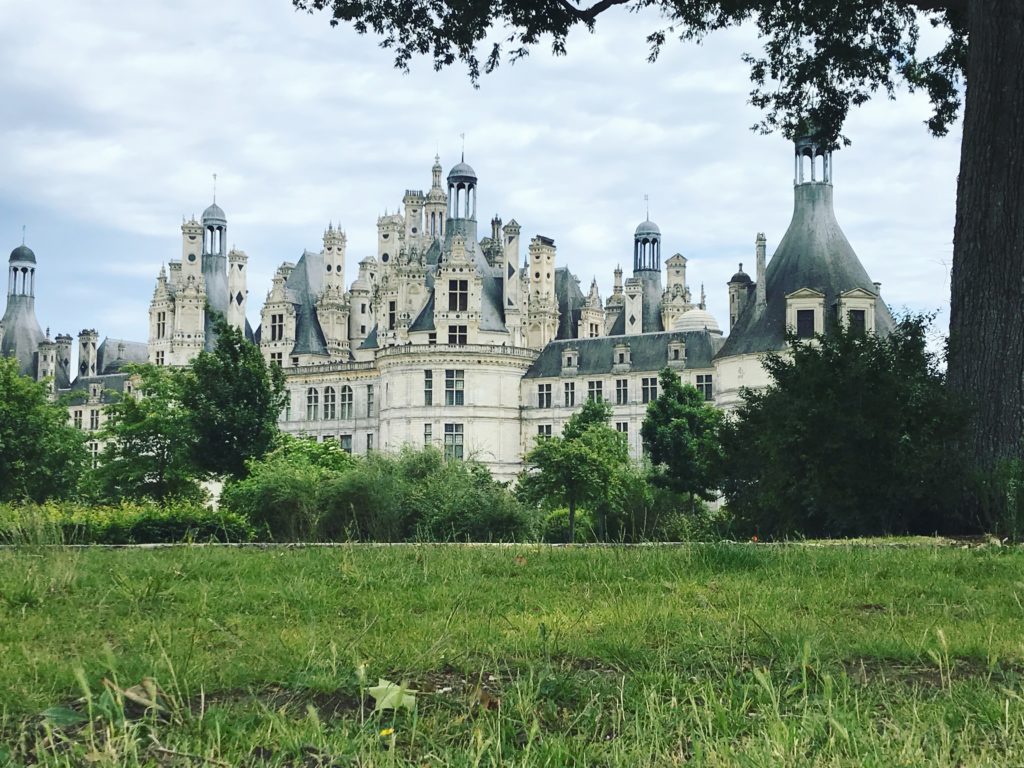
It was François I who ordered to build this castle in 1519 and nowdays it represents one of the architectural emblem of the French Renaissance period. I have already spoken about this king and his special relationship with Leonardo da Vinci in the article in “la Touraine” (http://www.beauty-is-all-around.com/francia/la-touraine/ ), so you will find out that Leonardo da Vinci also left his mark on this castle as a genius.
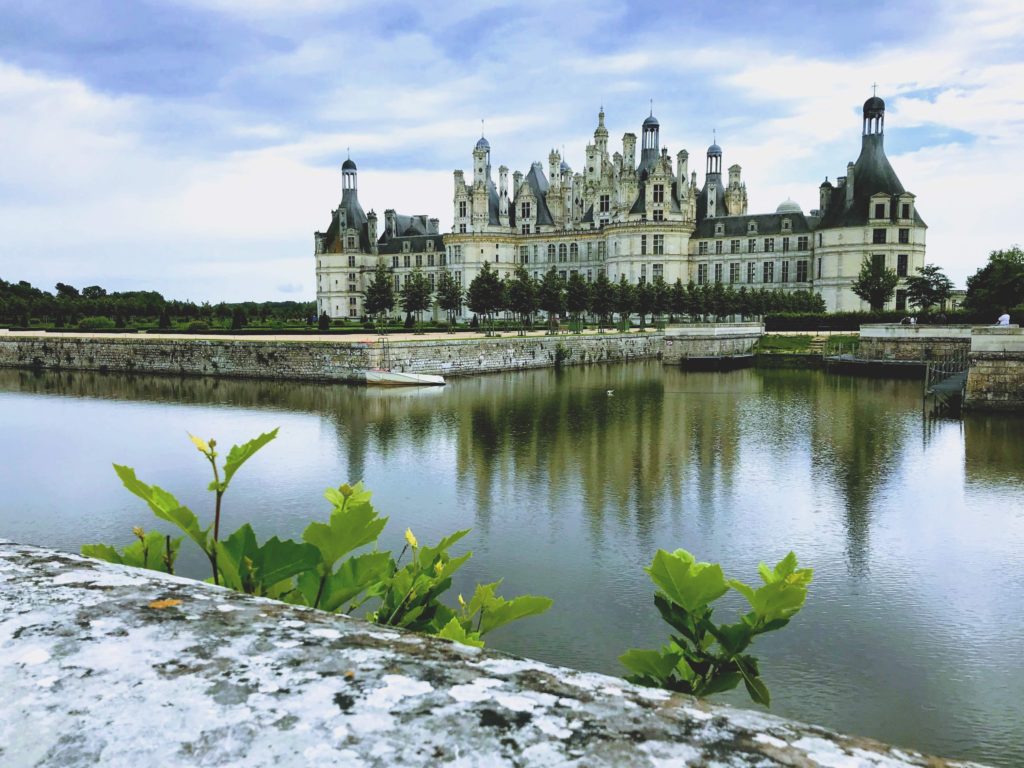
François I only stayed a few weeks in the château, so it was not his permanent residence. However, the Château de Chambord was the architectural jewel that François I showed to ambassadors and other kings as a symbol of his power.
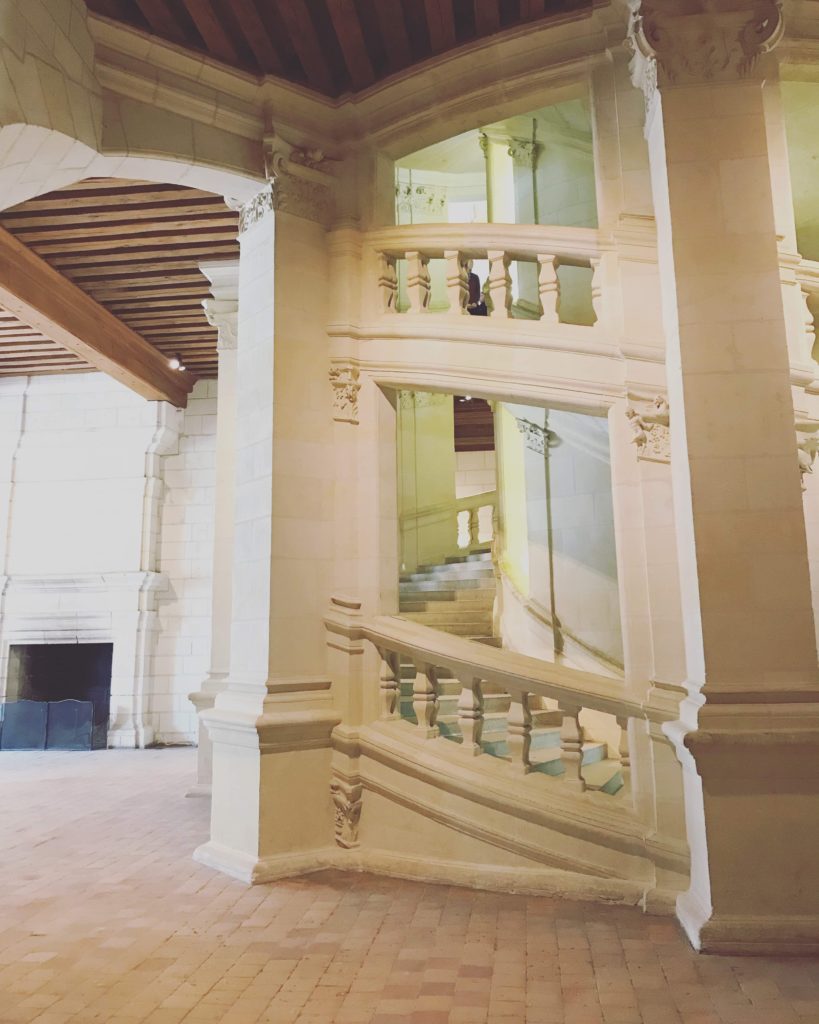
Helical staircases 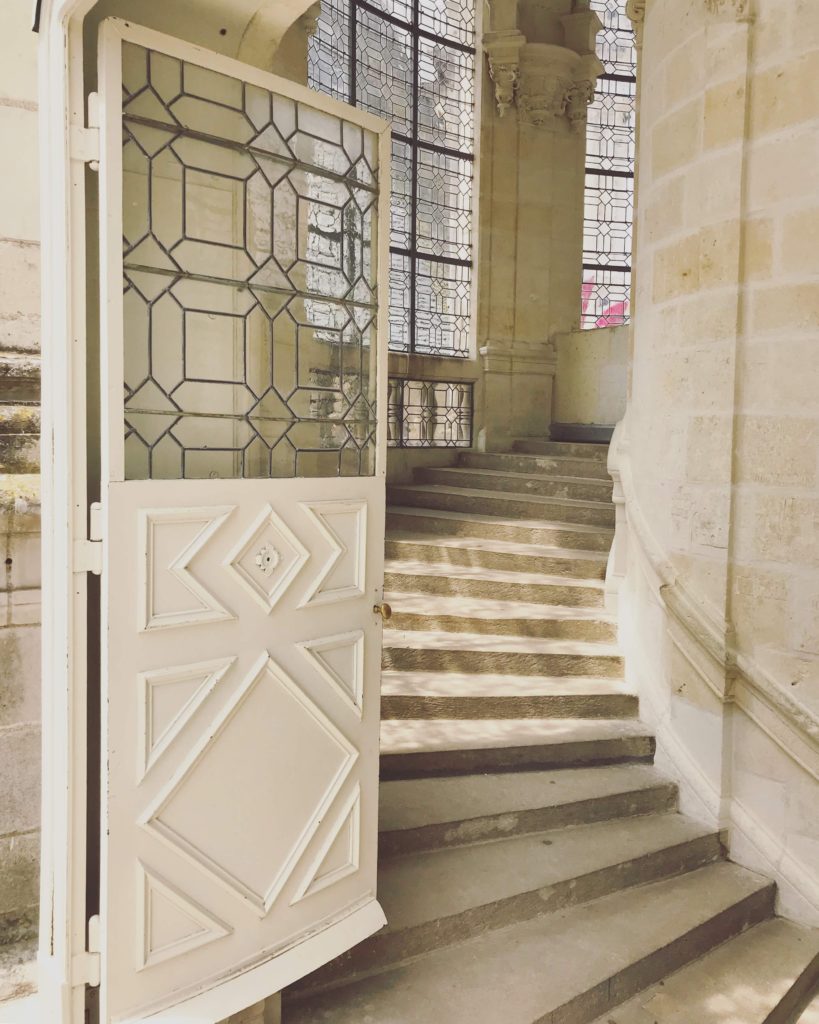
Stairs into the castle
It is unknown who the architect was, as most of the documents relating to its construction have disappeared. What is known is that Leonardo da Vinci designed the double helix staircase thanks to the drawings that have been found in his notebooks. Leonardo was recognised as the “First painter, architect and engineer ” of King François I.
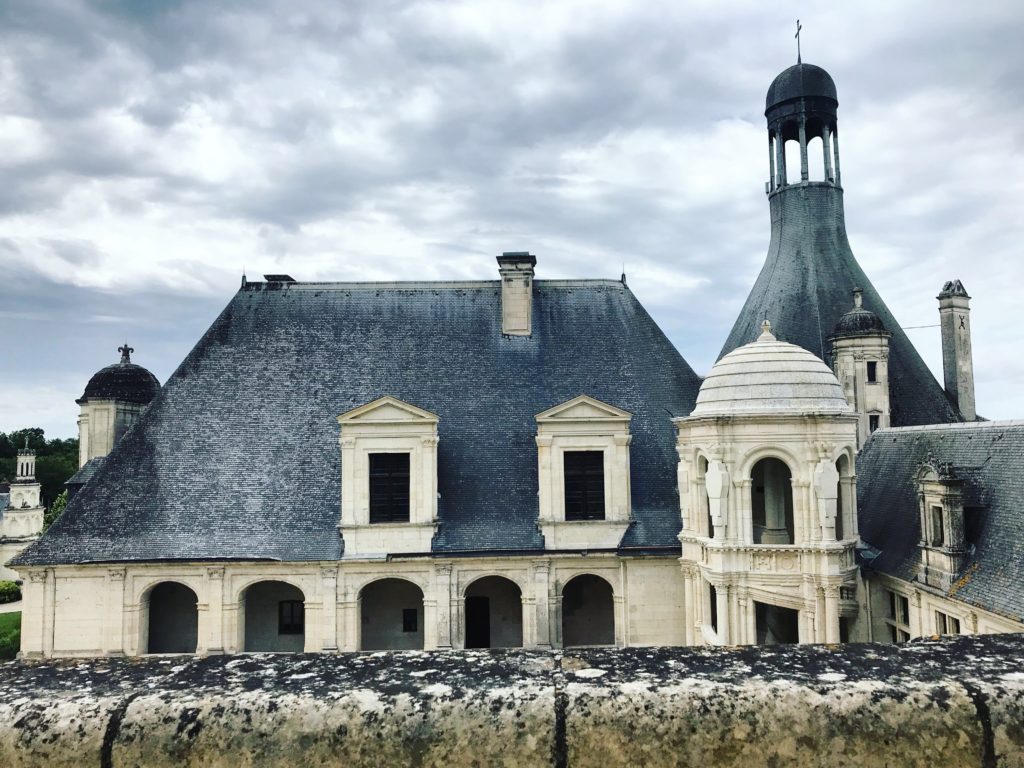
The construction of the castle was not completed until the reign of Louis XIV during the 17th century, who resided there with his court only occasionally. It was also in Chambord that Moliere presented his famous play “Le Bourgeois Gentilhomme” in 1670.
Now I am going to tell you about another castle in a wonderful park called “Domaine de Chaumont-sur-Loire” on the shores of the Loire.
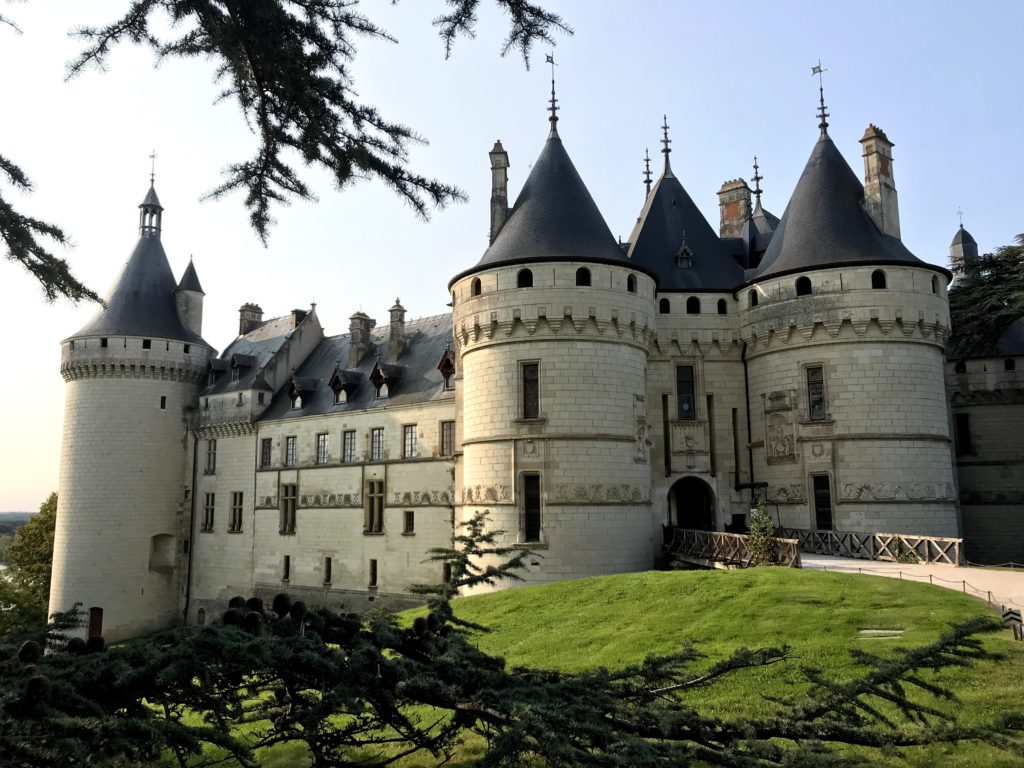
When I visited this castle I could not imagine the beauty of its architecture and gardens and its essence is truly art. Every year the “Festival International des Jardins” is organised where artists from all over the world gather to work and exhibit their works in the hectares of trees and plants of this domain.
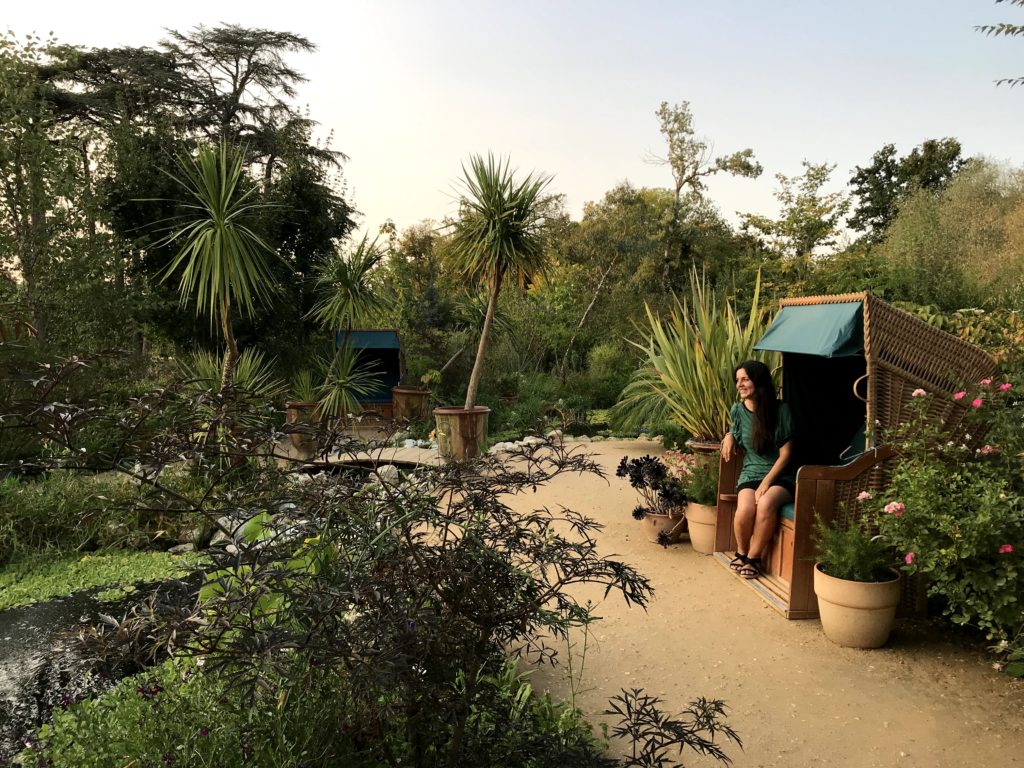
I had the opportunity to go to the festival and I recommend it with my eyes closed: you will travel through the aesthetics of gardens, nature and international contemporary art.
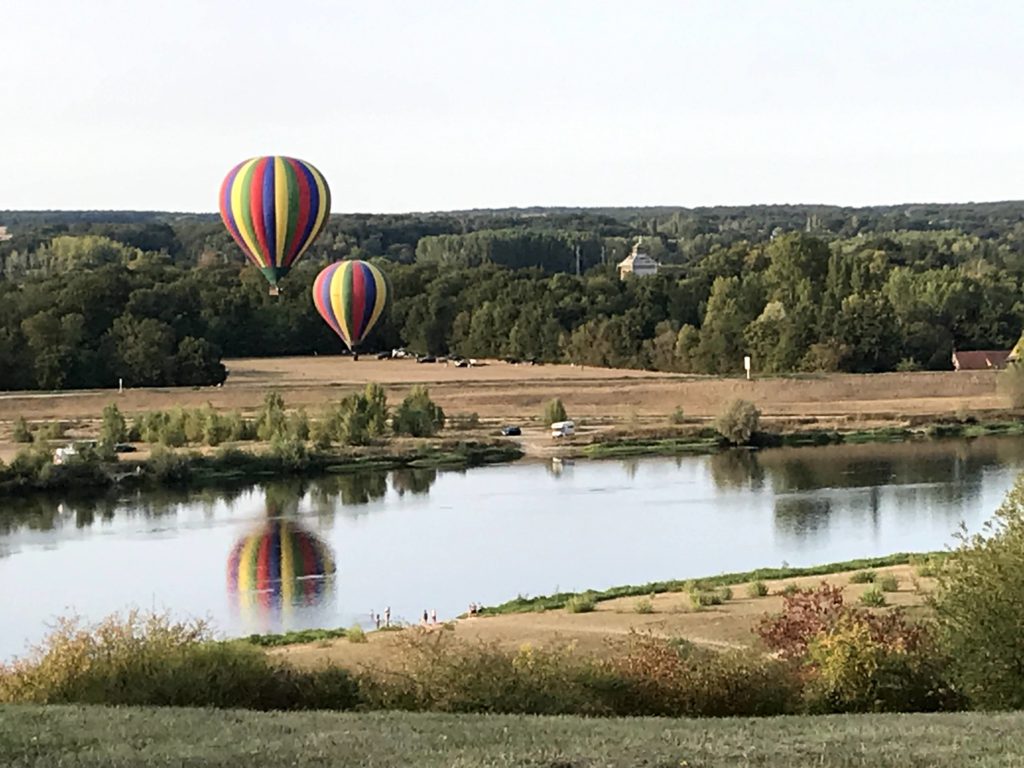
Loire River seen from “Château de Chaumont-sur-Loire“ 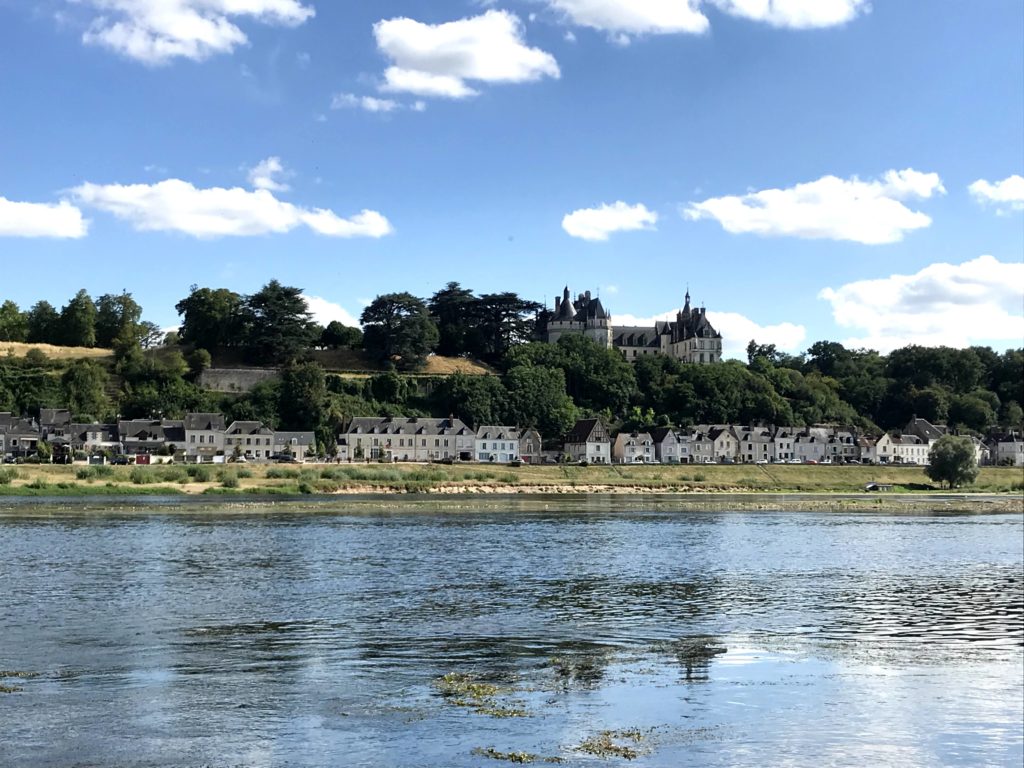
Château de Chaumont-sur-Loire seen fomr the Loire River
History of Blois
The history of this city lies mainly in the construction of the castle. I never visited it but I found what I read about it interesting. You can see different architectural styles: from the Middle Ages (9th century) to the classical period ( 17th century).
If you look at the map, the city is located between Tours and Orléans.
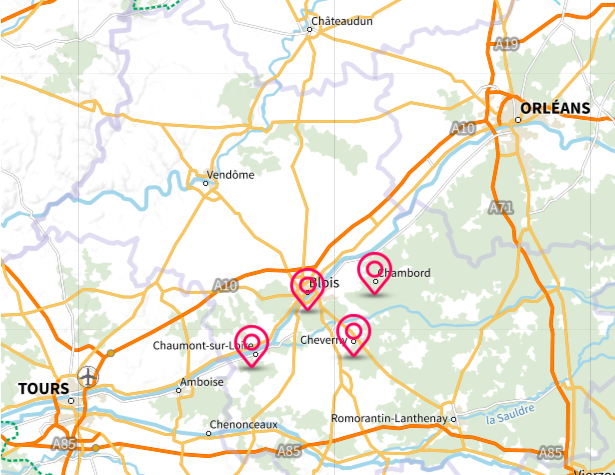
The Vikings attacked it around 854. The counts of the County of Blois, as feudal lords, rebuilt the fortress around the 10th and 11th centuries, and a century later it passed into the hands of a great noble family of Champagne known as “la Maison de Châtillon”. The last descendant of this family sold it in 1392 to Louis d’Orléans (prince and future grandfather of King Louis XII). After he was assassinated in Paris, his widow moved to Blois.
In 1429, Joan of Arc was blessed in the castle chapel by Archbishop Regnault of Chartres before her departure to save the city of Orléans from the English invasion during the Hundred Years’ War.
In 1462, King Louis XII (father of the future François I already seen in the begining of the article) was finally born in the Château de Blois and made it his main residence. Until then, the Château d’Amboise had been the preferred residence of the kings (I talk about this town in my article on the Touraine (http://www.beauty-is-all-around.com/francia/la-touraine/).
During the Renaissance, seven kings and ten queens resided in Blois. Inside the castle and in the town of Blois is the emblem of the hedgehog. This animal was considered mysterious at the time and was accompanied by beliefs. Legend says that Louis XII believed that the hedgehog could throw its quills and regenerate them, hence the French expression: “Qui s’y frotte s’y pique”. It would be something like “he who stews it eats it”. Here is a link in French with more details https://fr.wikipedia.org/wiki/Qui_s%27y_frotte_s%27y_pique_(devise)
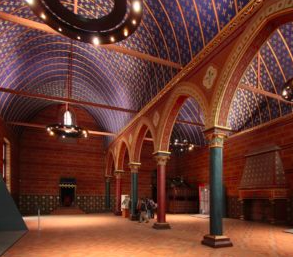
The largest room in the castle is known as the “États Généraux” room. It contains 6,720 fleurs de lis and 237 candelabra. It was built by Thibaut VI, the last Count of Blois-Champagne, who also contributed to the construction of Chartres Cathedral. It was the venue for trials and ceremonies of all kinds. It was Henri III who gave it the name it bears today, as the Estates General of the Kingdom of France were held twice in this hall (in 1576 and 1588).
Today, it is one of the largest surviving Gothic civil halls in the country. In this video in French you can discover the secrets of the castle. (https://www.france-pittoresque.com/spip.php?article12532 ).
Gastronomy of Loir-et-Cher
In this area you can find good asparagus, strawberries and honey producers. In the village of “le Selles-sur-Cher” a cheese is produced from raw, whole goat’s milk, the tradition of which dates back to the end of the 19th century. Another delicious cheese is Trôo and it is made from pasteurised cow’s milk.
The tarte Tatin, so well known in France, comes from this area and legend has it that it was the result of a mistake made by the Tatin sisters when cooking an apple tart ( https://www.my-loire-valley.com/2019/02/la-tarte-tatin-un-dessert-renversant/). It is curious because even Unesco has recognised it as an Intangible Cultural Heritage of Humanity.
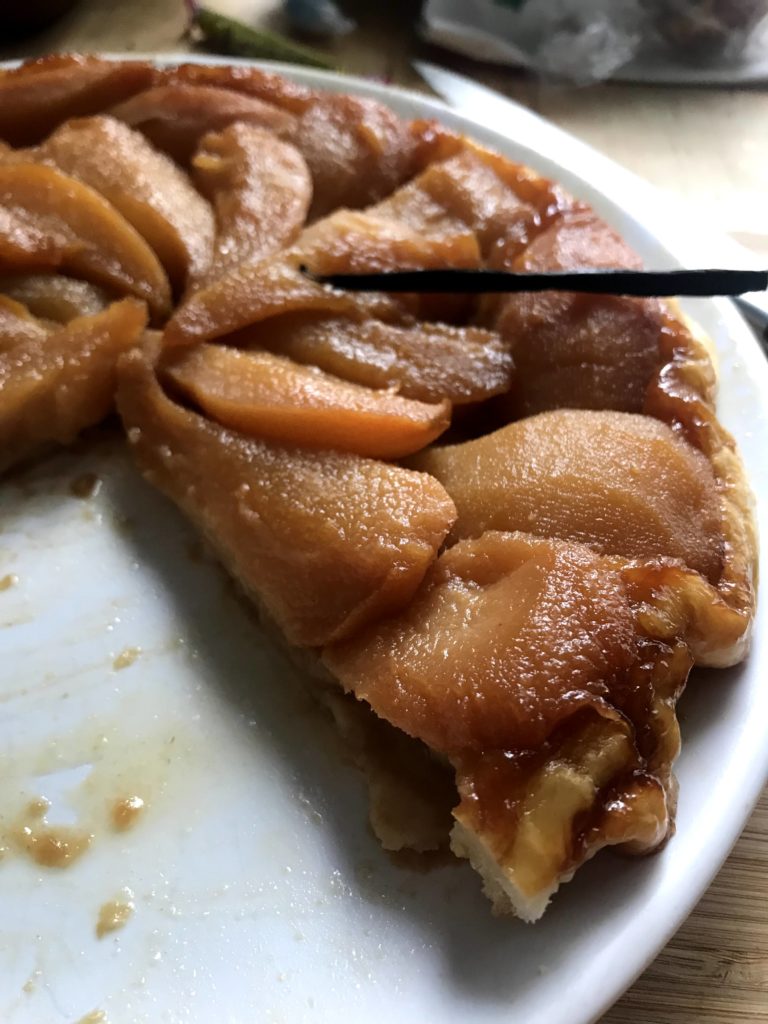
At the Château de Chambord there is a biscuit shop at the exit which has existed for more than 40 years.
And finally, I will tell you the story of the beer named after the poet Pierre de Ronsard. The author of “Les amours de Cassandre” was from this area and met Cassandre Salviati during a waltz. This woman inspired him to write his main work and, in her honour, the town of Vêndome has created a local craft beer named after her: the “Ronsard beer”.
Other addresses
- I was lucky the day I slept at the “Abbaye de Beaugency”. It is an ancient monastery on the banks of the Loire and not far from Blois (although it is outside the department of Eure-et-Cher).
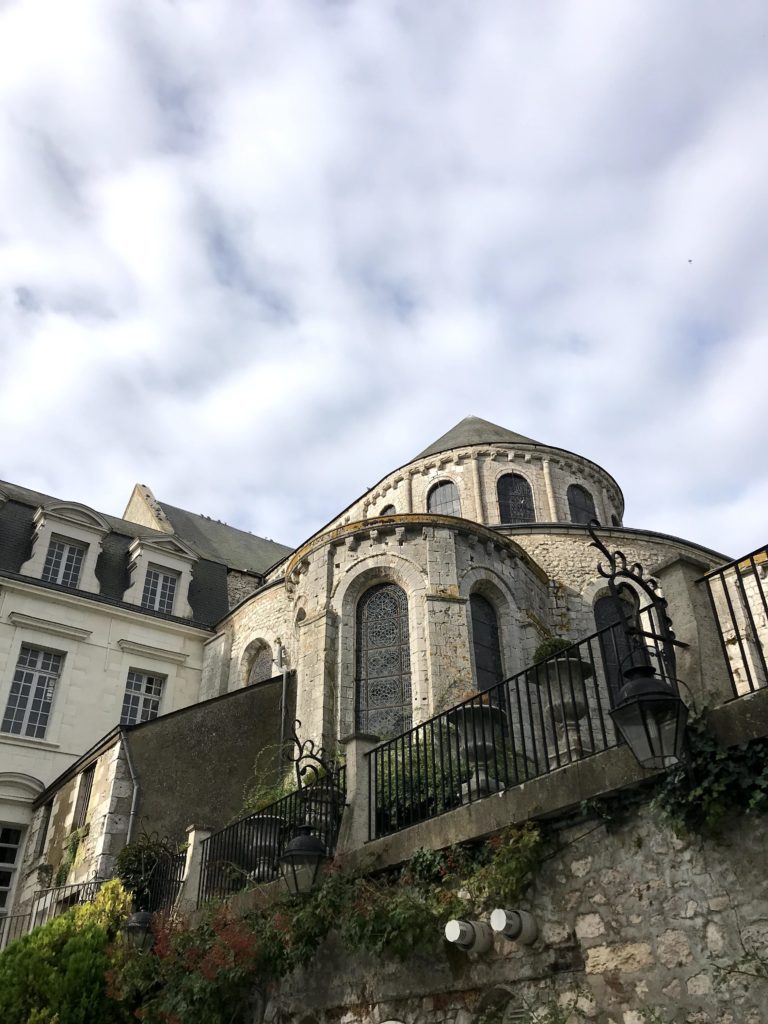
Abbaye de Beaugency 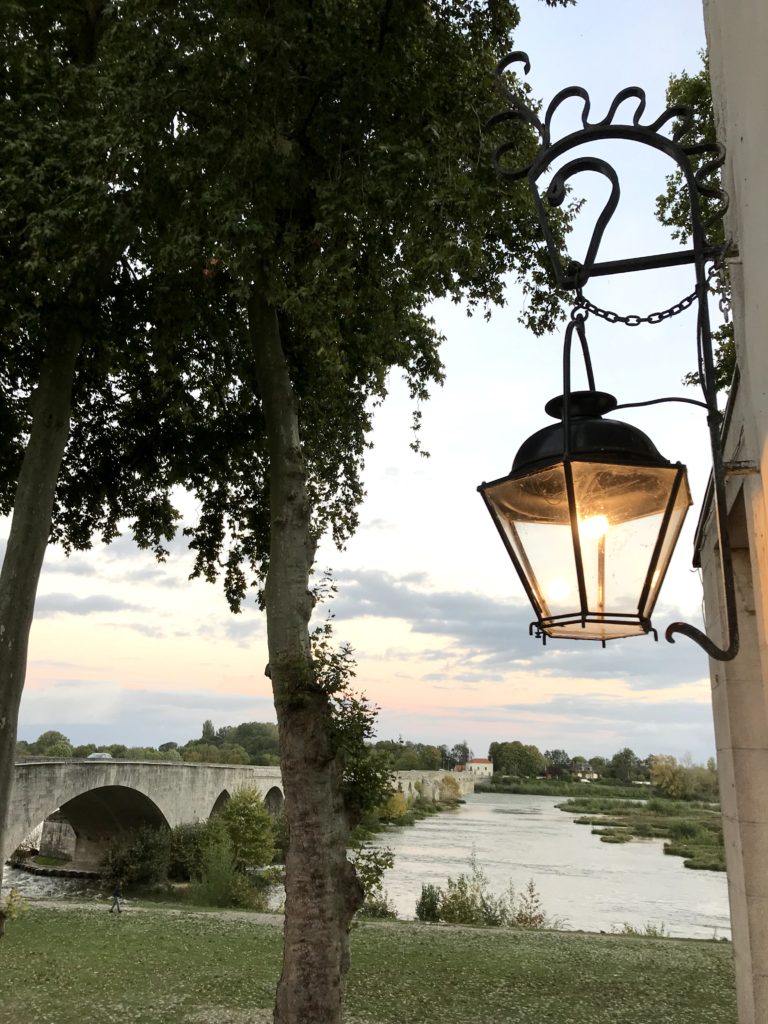
Abbaye de Beaugency
I will never forget the sunset and the birds I could see as I walked along the path along the river. The village has its charm and there is also a castle to visit.
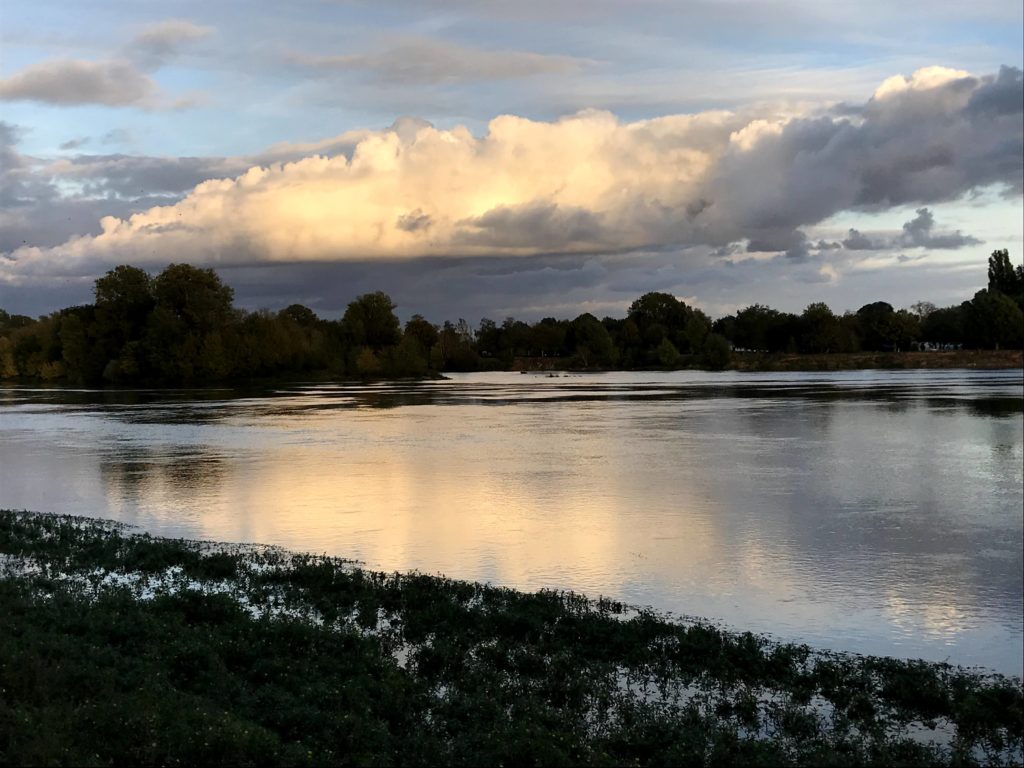
Sunset on the loire river 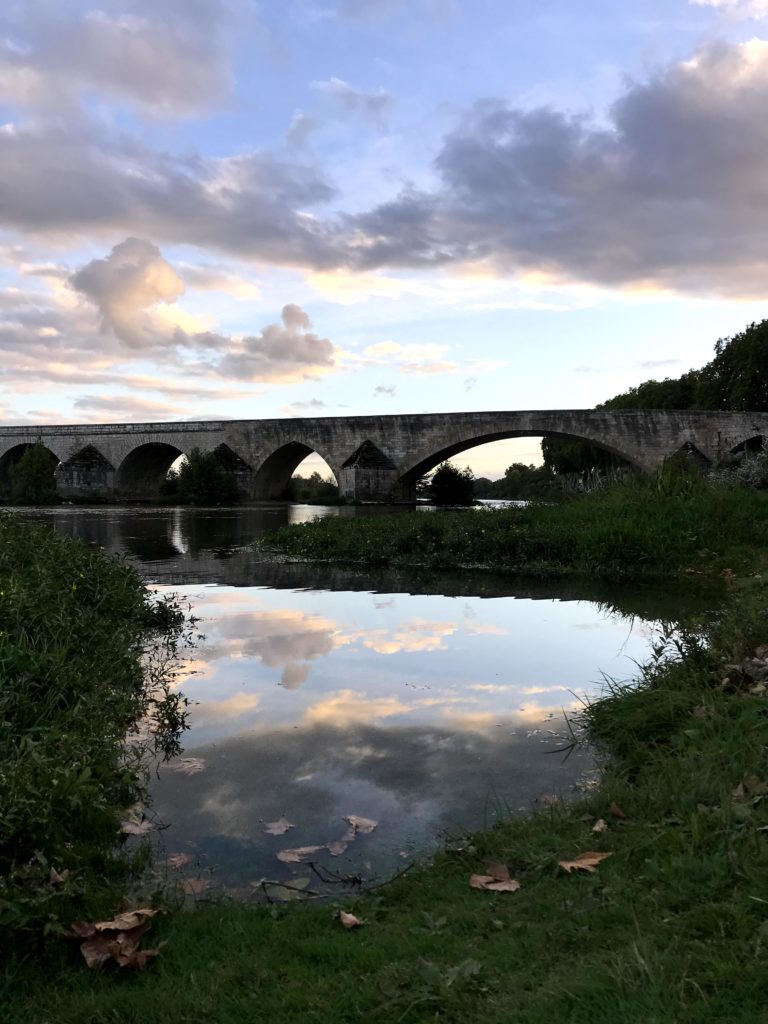
Sunset on the loire river
2. I never visited the Château de Cheverny, but if you like the Tintin stories, this castle is the replica of the Château de Moulinsart that appears in his adventures. However, it is thought that Hergé, its author, never visited it but was inspired by an advertisement of the castle in the 1930.
3. Not far from Vendome is the “Commanderie Templier d’Arville”. It is neither a castle nor a monastery, but a series of buildings created in the 12th century by the Order du Temple. The so-called “Knights Templar” were members of one of the most powerful Catholic military monastic orders of the Middle Ages. The site is one of the best preserved Military Order commands in France and shows the life of the Templars as they prepared to leave for the Holy Land. Here is another link https://www.youtube.com/watch?v=AouhKCoE5v0.
4. I have talked about the sites around the Loire but not about the “Valley of Cher” as I have never visited it. The following places could be worth a visit: les Caves Monmousseau and the castle “Château de Selles-sur-Cher”.